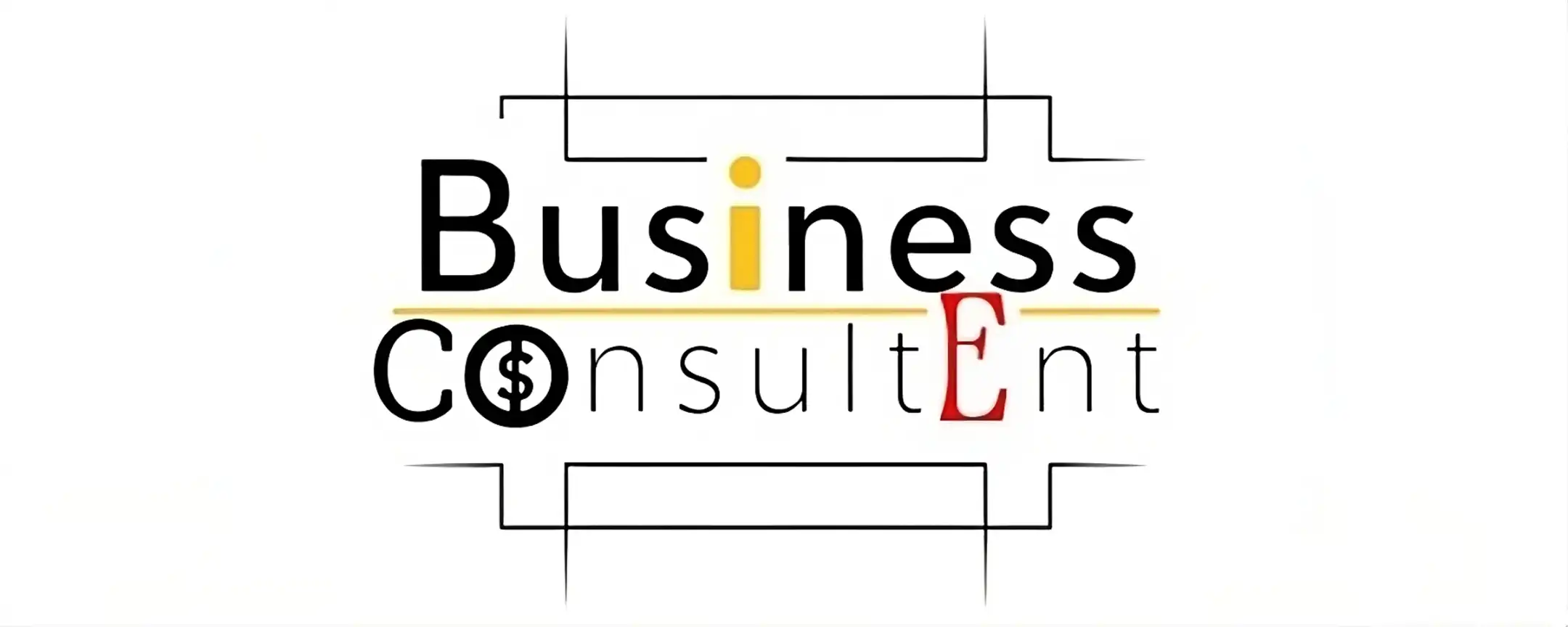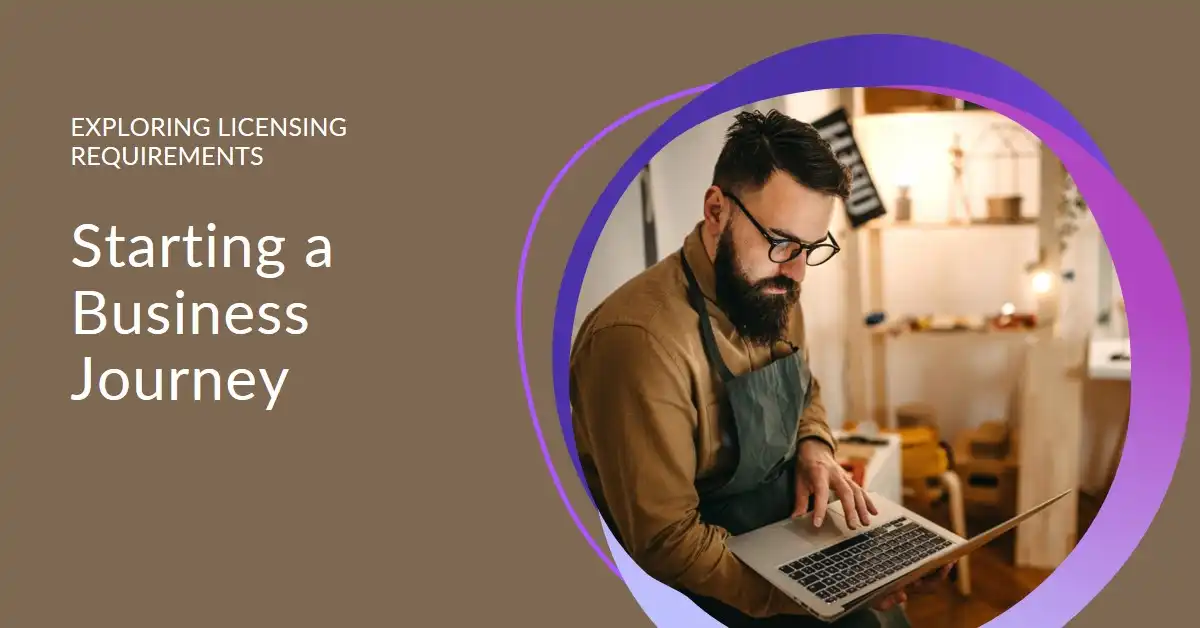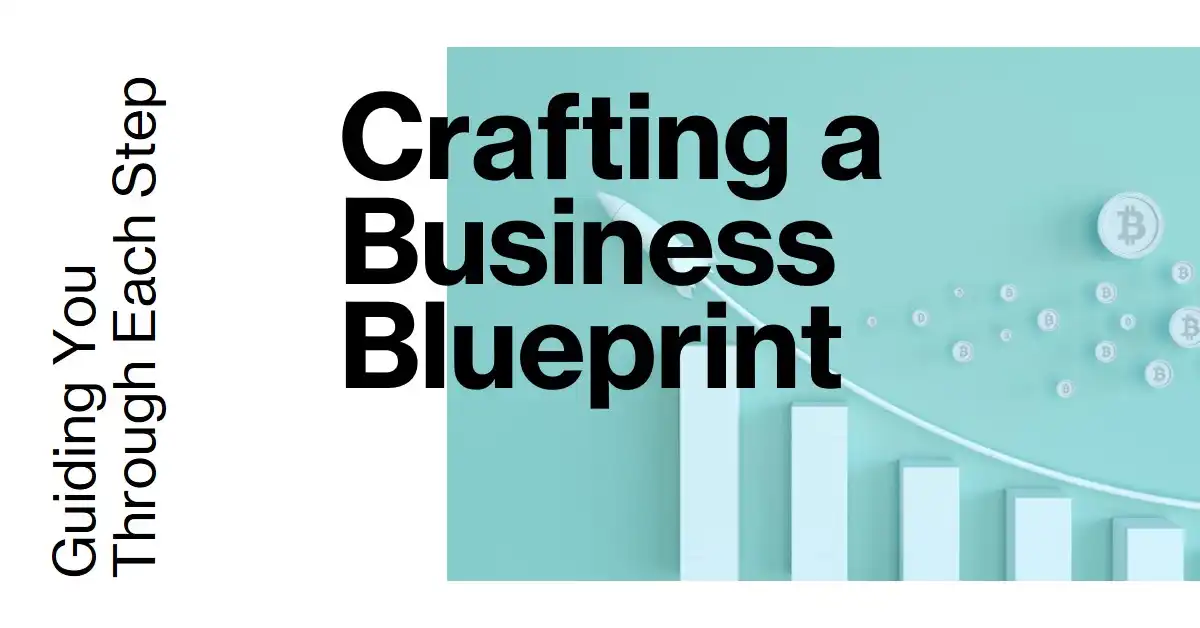Starting a small business can be exciting and scary. This guide will help you. Follow these steps to turn your idea into a real business. Let’s begin!

Step 1: Think of a Business Idea
Every business starts with an idea. Think about what you love to do. Think about what people need. Try to solve a problem. Your idea should be something you are passionate about. It should also be something people will pay for.
Step 2: Do Market Research
Research is important. You need to know if people will buy your product or service. Find out who your customers are. See if there are other businesses like yours. Learn from them. This will help you make your business better.
Step 3: Write a Business Plan
A business plan is like a map. It shows how your business will work. It includes your goals, your target market, and your budget. It also includes your marketing plan. Writing a business plan helps you stay focused. It also helps you get money from investors or banks.
Key Parts Of A Business Plan:
- Executive Summary: A short overview of your business.
- Company Description: What your business does.
- Market Analysis: Research on your industry and market.
- Organization and Management: Your business structure.
- Service or Product Line: What you are selling.
- Marketing and Sales: How you will attract customers.
- Funding Request: How much money you need and how you will use it.
- Financial Projections: Your revenue and expenses forecast.
Step 4: Choose a Business Structure
Your business structure affects your taxes and legal responsibilities. Common structures include sole proprietorship, partnership, corporation, and LLC. Each has its pros and cons. Choose the one that best fits your business needs.
Types Of Business Structures:
| Type | Description |
|---|---|
| Sole Proprietorship | One person owns the business. |
| Partnership | Two or more people share ownership. |
| Corporation | Separate legal entity owned by shareholders. |
| LLC | Combines the benefits of a partnership and corporation. |
Step 5: Register Your Business
Registering your business makes it legal. Choose a unique name. Register it with your state. You may need to get a business license or permits. Check with your local government for requirements.
Step 6: Get an Employer Identification Number (EIN)
An EIN is like a Social Security number for your business. You need it for taxes and to open a business bank account. You can get an EIN from the IRS website. It’s free and easy to apply.
Step 7: Open a Business Bank Account
Keep your business money separate from your personal money. Open a business bank account. This makes it easier to track your income and expenses. It also makes your business look more professional.
Step 8: Set Up Your Accounting System
Good accounting is important. It helps you know if your business is making money. You can use software like QuickBooks or hire an accountant. Keep track of all your income and expenses. This will help you at tax time.
Step 9: Get Business Insurance
Insurance protects your business. There are many types of insurance. General liability insurance covers accidents and injuries. Property insurance covers damage to your business location. Workers’ compensation insurance covers employee injuries. Choose the insurance that fits your business needs.
Step 10: Create Your Marketing Plan
You need customers to succeed. A marketing plan helps you reach them. Decide who your target market is. Choose how you will reach them. You can use social media, email, or ads. Measure your results and adjust your plan as needed.
Step 11: Set Up Your Business Location
Your business location can be a store, office, or even your home. Choose a location that fits your business. Make sure it is easy for customers to find. If you work from home, set up a dedicated workspace.
Step 12: Build Your Team
You may need help to run your business. Hire employees or find freelancers. Look for people with skills that complement yours. Treat your team well. Happy employees help your business succeed.
Step 13: Launch Your Business
Now it’s time to launch! Tell everyone about your new business. Host a launch event or offer special promotions. Use social media to spread the word. Celebrate your hard work and enjoy the moment.
Step 14: Keep Learning and Growing
Your business journey is just beginning. Keep learning and improving. Listen to your customers. Stay updated on industry trends. Join business groups and attend events. The more you learn, the better your business will be.

Frequently Asked Questions
How Do I Start A Small Business?
Research your market, create a business plan, and register your business.
What Is A Business Plan?
A business plan outlines your business goals, strategies, and financial projections.
What Are The Steps To Register A Business?
Choose a name, register with local authorities, and obtain necessary permits.
How Much Money Do I Need To Start?
Costs vary; estimate expenses, consider funding options, and create a budget.
Bottom Line
Starting a small business is a big adventure. Follow these steps to make your dream a reality. Remember, every big business started small. With hard work and determination, you can succeed. Good luck!
Related Content
Why Do Small Businesses Fail in the First Year?
What to Do When Your Small Business is Failing: Expert Strategies
What Should I Know before Starting a Small Business? Essential Tips
What Kind of Small Business is Most Profitable? Discover Top Picks
What Small Business Can I Start in Canada? Top 10 Profitable Ideas
When Do Small Businesses Fail? Key Reasons and Prevention Tips
Why are Small Businesses Becoming So Popular? The Surprising Truth
What is the Difference between Small Business And Micro Business? Explained
How to Set Up a Small Business Network Step by Step: Ultimate Guide




